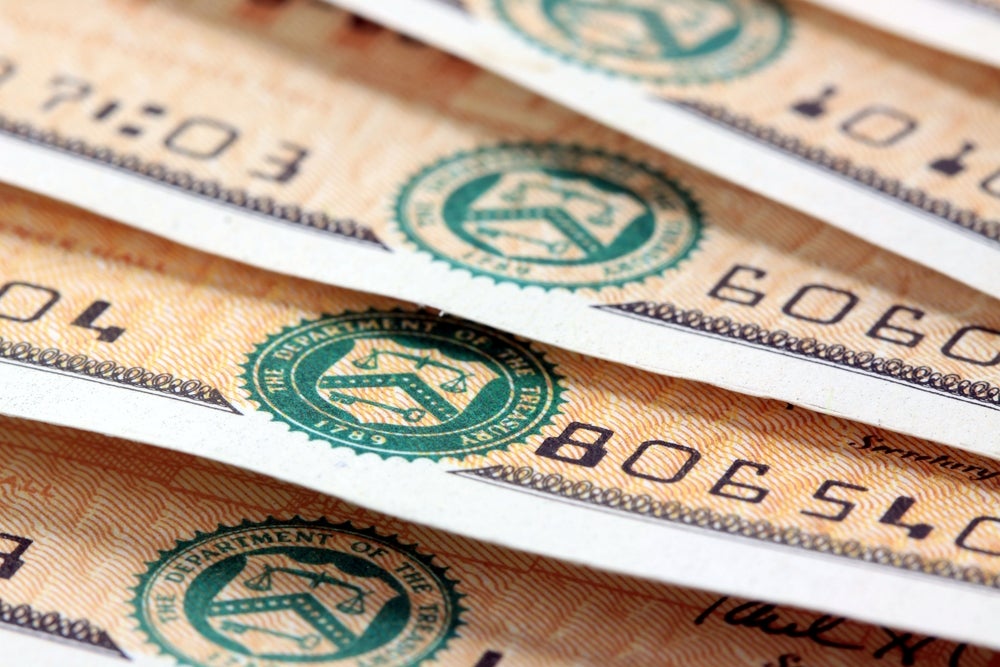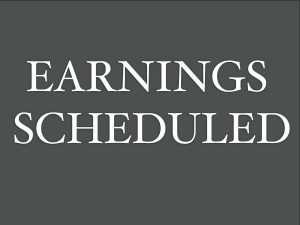
The yield on the 10-year Treasury bond is not too far from the critical 5% mark, and for investors, this could be the financial equivalent of a seismic portfolio shift.
Historically, when bond yields rise this high, they don’t just invite competition with stocks: They start stealing the show.
In a note shared with clients on Friday, Bank of America analyst Savita Subramanian indicated that a 5% yield is the level at which bonds start to be more attractive than stocks.
Here’s the logic: stocks carry risk, volatility, and higher expected returns. Bonds, especially Treasuries, the opposite.
If both assets, for some reason, offer a similar return, why bother with the headaches of equities?
The logic is tied to the equity risk premium (ERP) — the extra return investors demand for holding riskier stocks instead of safer bonds.
Suppose a 10-year Treasury bond yields a 5% return with virtually no risk. In that case, it becomes harder to justify holding volatile equities unless they can deliver returns well above that level.
Also Read: Tesla To Partner With Lyft, Uber? Analyst Has ‘Rising Conviction’ For Future Partnership
What The Data Says
The numbers don’t lie: as yields climb, stock allocations typically fall. BofA’s proprietary sell-side indicator shows that when 10-year yields rise above 5%, Wall Street tends to trim stock allocations.
When yields hit 6% or high, the average investor portfolio’s equity allocation shrinks to around 50%.
David Rosenberg, a veteran economist, echoed this sentiment on social media platform X, writing earlier this week, “With this move in bond yields, we are now just 10 basis points away from the Equity Risk Premium shifting negative. Ergo, investors are willing to pay to take on equity risk instead of getting paid to.”
But Wait—Stocks Don’t Always Follow the Rules
Before you start dumping your Nvidia Corp. NVDA shares for Treasuries, it’s worth noting that the equity risk premium isn’t perfect at predicting short-term market moves.
In fact, periods of low or even negative ERP can persist for months or years while stocks continue to perform well.
For example, in 2023 and 2024, the S&P 500 operated under a low or zero ERP but still delivered stellar returns, defying expectations.
Bank of America acknowledged this potential for resilience. Real rates today—defined as the difference between the yield of a Treasury at 10 years and the 10-year inflation expectations—are around 2%, “but they can move higher without impacting equities.”
In prior cycles, like the productivity boom from 1985 to 2005, real rates averaged 3.5%, yet the S&P 500 posted annual returns of 15%.
A Manageable Rate Risk For S&P 500 Companies?
Despite rising yields, the S&P 500 may be more insulated than some investors think.
Around 80% of S&P 500 debt is long-term and fixed, compared to less than 50% in 2008. This means companies are less exposed to the immediate impact of higher bond yields.
Additionally, the current real yield of roughly 2% is consistent with historical averages since 1950. While rates could climb further, it doesn’t necessarily spell doom for equities.
Bottom line, if 10-year Treasury yields climb above 5%, it could fundamentally shift the risk-reward equation for stocks versus bonds, luring investors toward safer assets. But, the validity of the equity risk premium for market timing is not a crystal ball.
Historical trends and current market conditions suggest stocks may still find a way to thrive, even in a higher-rate environment.
Read Next:
Photo: Shutterstock
© 2024 Benzinga.com. Benzinga does not provide investment advice. All rights reserved.

